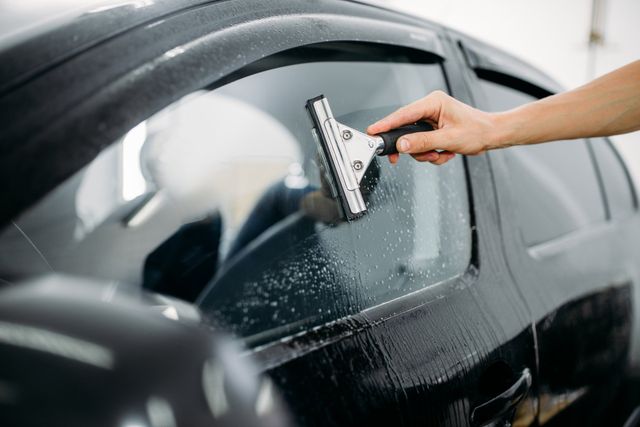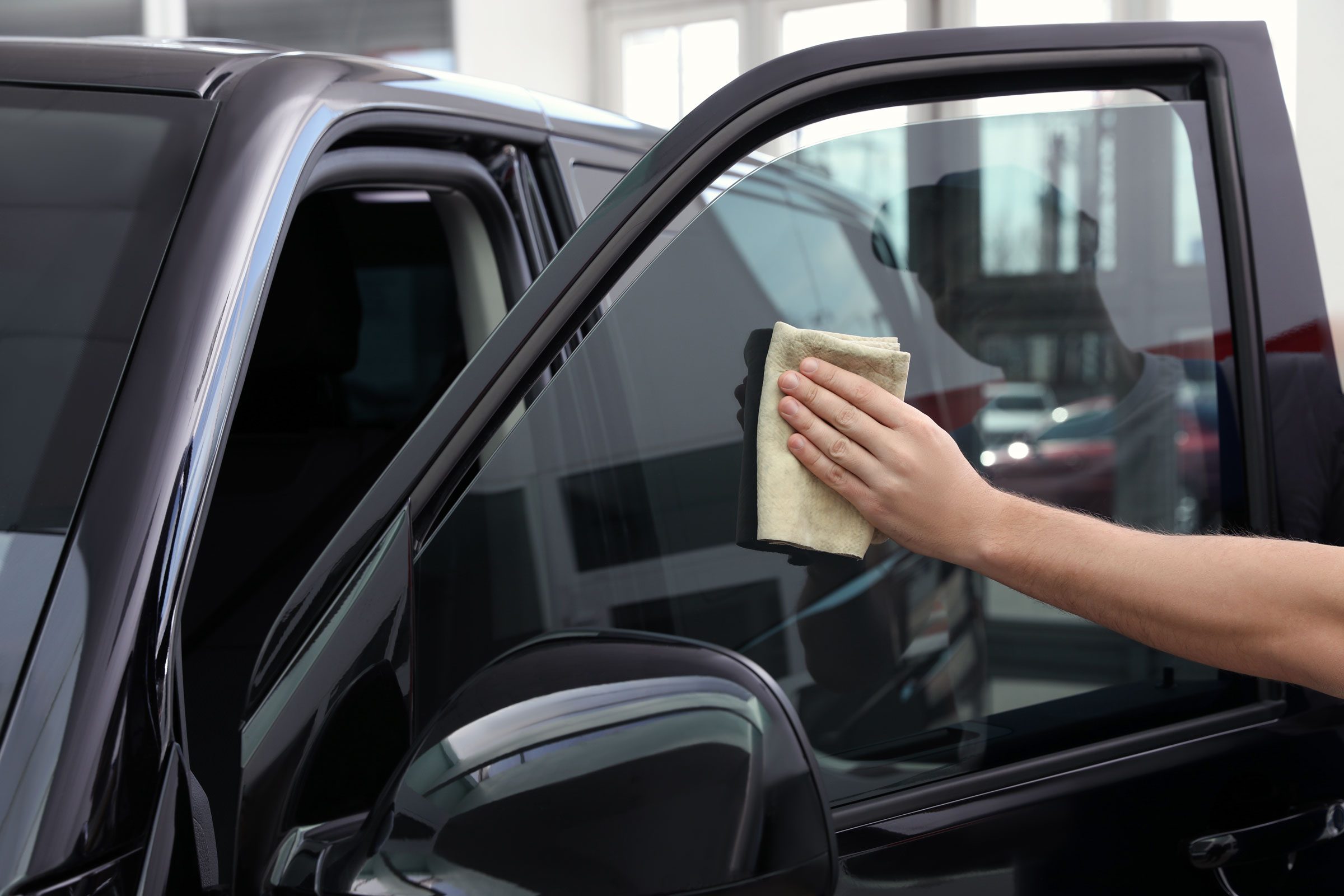Moro Auto Spa Window Tinting: Trusted Experts in Automotive Tinting
Moro Auto Spa Window Tinting: Trusted Experts in Automotive Tinting
Blog Article
Your Comprehensive Guide to DIY Home Window Tinting: Tips and Tricks
Undertaking a DIY window tinting project presents an opportunity to boost both the capability and aesthetic appeals of your space. Before embarking on this undertaking, it is important to navigate the complexities of neighborhood tinting regulations and choose an ideal film that aligns with your purposes.
Comprehending Window Tinting Laws
Browsing the intricate landscape of window tinting legislations is necessary for any kind of DIY lover looking for to boost their vehicle's visual appeals and comfort. Each state in the united state has particular regulations pertaining to the allowable degrees of color on various windows, which can considerably influence your decision-making process.
Typically, these legislations determine the maximum allowable Noticeable Light Transmission (VLT) portion, which refers to the amount of light that can go through the tinted home windows. For circumstances, some states allow just a particular percentage of color on the front windshield, while enabling darker tones on back windows. Compliance with these regulations is essential, as failure to stick can result in fines or the need to eliminate the color completely.
Additionally, there are commonly differences between guest lorries and business automobiles, with various guidelines putting on each classification. It's advisable to consult your regional Department of Electric motor Vehicles or equivalent authority to gather accurate information customized to your location. Recognizing these laws not just makes certain lawful compliance but also improves security by preserving exposure and avoiding prospective threats while driving.
Picking the Right Tint Movie
Choosing the ideal color film is a crucial step in the DIY window tinting process, as it directly affects both the appearance and performance of your car's windows. A number of aspects must assist your selection, including the kind of film, its lawful conformity, and your desired outcomes.
First, consider the various kinds of tint films readily available: colored, metalized, ceramic, and hybrid. Dyed movies give a basic level of privacy and warm decrease yet might fade in time. Metalized films use boosted heat denial and longevity but can disrupt digital signals. Ceramic movies, while extra pricey, provide exceptional warm resistance and UV defense without signal disturbance.
Next, ensure that the film complies with local guidelines worrying noticeable light transmission (VLT) percentages. Compliance with these legislations is essential to avoid fines and make sure security.
Essential Devices for DIY Tinting
Having actually chosen the ideal color movie for your windows, the next action includes gathering the required tools to make sure a successful setup. The key devices you will require include an energy blade or a razor blade, which is crucial for cutting the color film to the preferred dimension. A squeegee is additionally important, as it helps get rid of air bubbles and ravel the movie throughout application.

Furthermore, think about making use of a warmth gun or hairdryer, as this can help mold and mildew the color movie to the shapes of the window and facilitate adherence. Handwear covers are a good idea to stay clear of fingerprints on the film throughout setup. By gathering these vital devices, you will certainly be well-prepared to tackle your DIY window tinting task efficiently.
Step-by-Step Application Refine
Begin by completely cleaning the window surface to guarantee ideal attachment of the color movie. When the home window is clean, measure the tint movie against the home window, allowing for a minor overlap on all sides.
Gently spray the window surface area and the glue side of the film. Very carefully align the movie with the top of the home window, guaranteeing it webpage is straight. Utilize a squeegee to smooth the movie, using company, even stress.
Enable the recommended you read tint to cure for at least 24 hours without rolling down the home windows. Comply with these steps vigilantly for optimal outcomes in your DIY home window tinting task.
Upkeep and Care Tips

It's a good idea to wait a minimum of a week after setup before cleansing your windows to allow the glue to totally cure. Throughout this first period, prevent rolling down the home windows to protect against any damage to the color.
Normal maintenance involves inspecting the edges of the color for any kind of signs of gurgling or raising. If you see any kind of problems, it's ideal to resolve them quickly to stay clear of more damage. Additionally, beware with making use of window treatments, such as shades or drapes, as they can produce warmth that could jeopardize the color with time.
Conclusion
In final thought, embarking on a DIY window tinting project requires cautious consideration of regional policies, choice of proper color films, and the use of necessary tools. An organized application process guarantees ideal outcomes, while regular upkeep adds to the long life of the tint - Moro Auto Spa Window Tinting. By sticking to these guidelines, individuals have a peek here can achieve both aesthetic enhancement and increased personal privacy in their areas, making DIY window tinting an important undertaking
Report this page